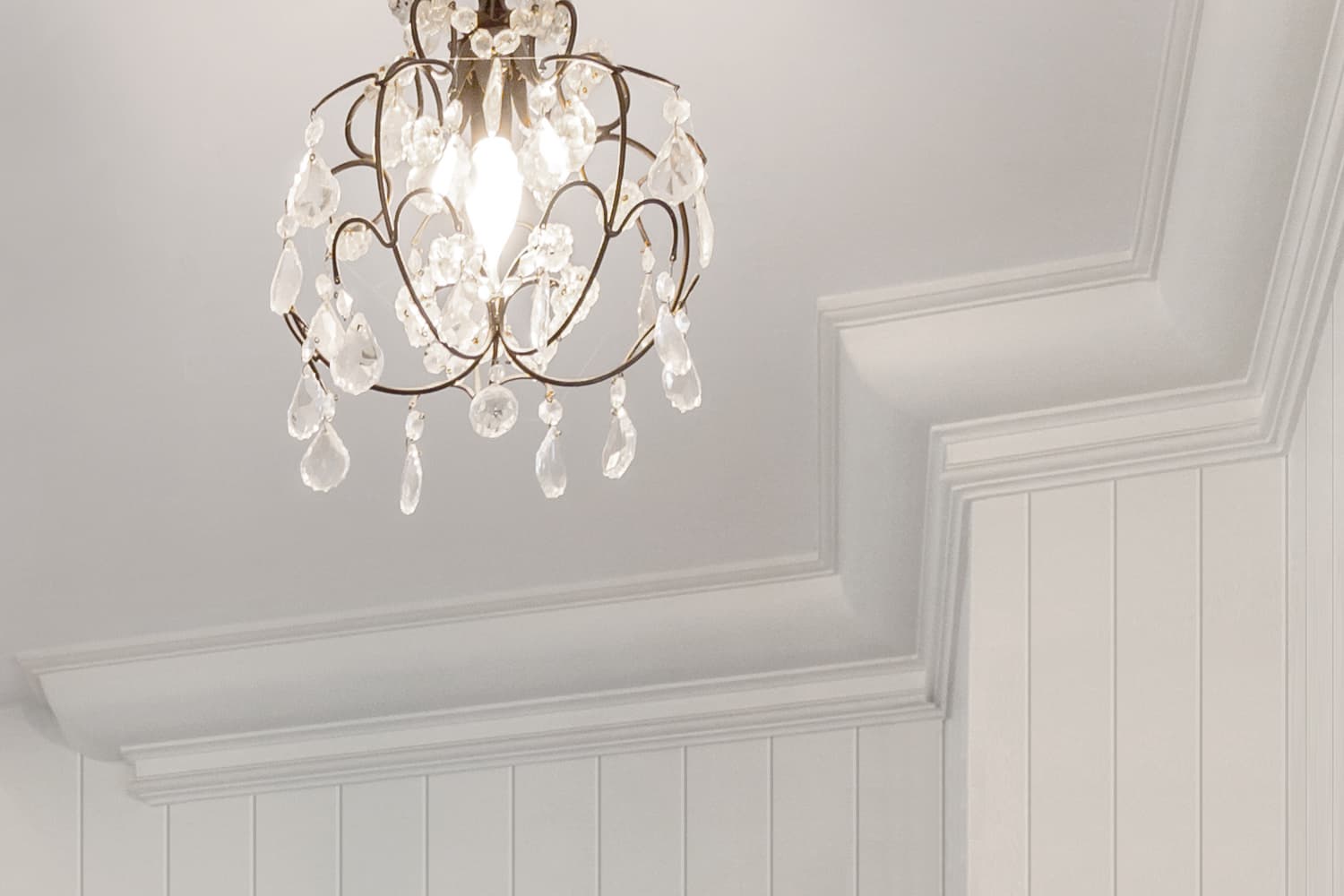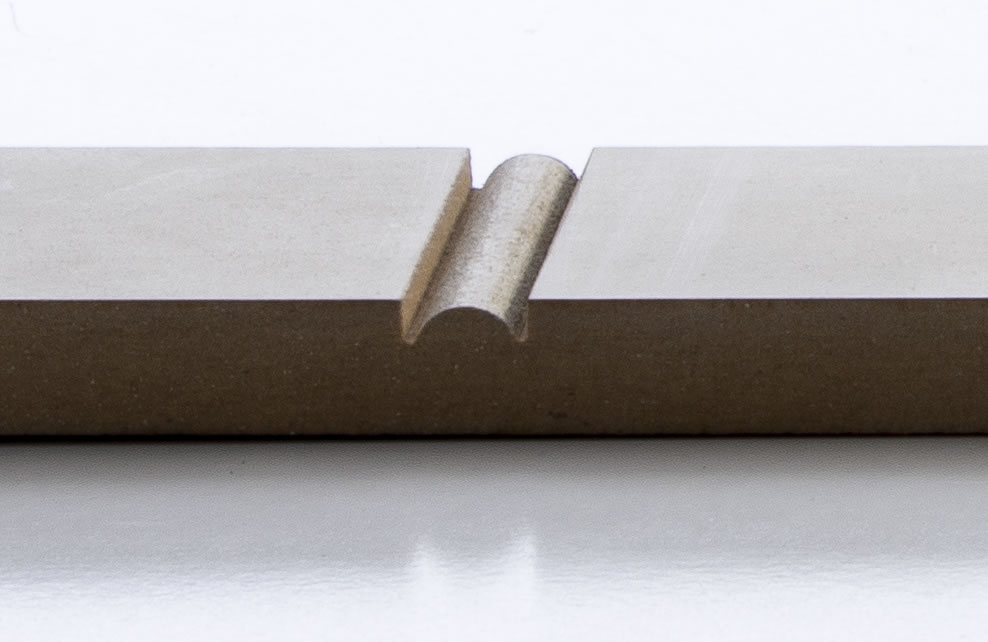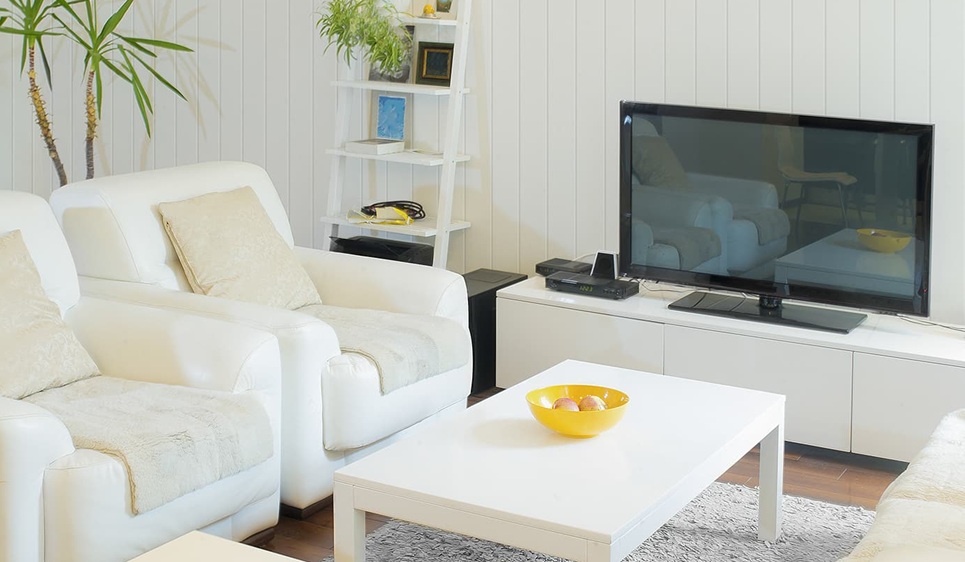Maintenance Tips for Long-lasting VJ Panels
VJ Panels (Vertical Joint panels) are timber or MDF panels that feature vertical grooves or joints. They are suitable as feature walls, wainscoting, or full-height decorative elements. The tongue-and-groove look adds texture and visual appeal to both traditional and modern living spaces. However, many homeowners worry about cleaning and maintaining them. After all, it has more surfaces than a regular flat wall.
Here are tips to keep your VJ panel clean and looking good:
VJ Panel Maintenance Tips
Clean and Wipe Regularly
Using a soft and damp cloth, gently wipe the surfaces of the VJ panels to remove dust and grime. Make sure the cloth you use is not wet, because too much moisture might damage the material.
Use Mild Products
If you need to use a cleaning product, use a gentle furniture cleaner to avoid causing damage to vertical cladding. You may also use detergent mixed with a little warm water. Test it out on an inconspicuous area first, let it dry, and observe the effect before applying it to the rest of the wall (just in case).
Nourish and Condition
Apply a wood conditioner oil or wax every few months to maintain the surface lustre and flawless finish of timber wall panels. This helps protect them from damage. Repainting every few years can also keep your ceiling or wall panels looking fresh and modern.
Remove Stains Immediately
If you notice a stain on your VJ panel wall, deal with it quickly before it becomes permanent. You can likely resolve it with a damp cloth and a bit of mild detergent. If it needs some scrubbing, use a good-quality brush, it needs to be gentle enough not to scratch the surface of the panel.
Protect from Direct Sunlight
Install VJ panelling away from direct sunlight where possible. Prolonged exposure to strong UV may cause cracking and dull the colour of the wall covering. Use curtains or blinds to block direct sunlight.
Keep Indoor Humidity Stable
Humidity easily affects solid wood VJ panels. Use a humidifier or air conditioner to make sure humid air is within the proper range. If in doubt, it is advisable to seek professional cleaning and proper maintenance advice.
What to Watch For
VJ panels bring classic character and texture to any room, but like all timber-look surfaces, they need occasional TLC. Spotting issues early and knowing the right fix can save hours of frustration and keep your walls looking sharp. Here’s what to keep an eye on and how to tackle each one:
1. Cracks or Gaps at the Joints
Why it happens: VJ panelling, especially MDF, can’t handle sudden shifts in temperature or humidity. They’ll expand and contract, and before you know it, fine cracks will start to appear at the joints.
Where you’ll see it: Look closely at ceiling lines, internal corners, and where two panels meet. That’s where it usually starts.
How to stop it: Always let your panels acclimatise before installation. When join them, use a flexible gap filler, so it can move with the seasons.
2. Paint That Cracks or Peels
What causes it: Skipping primer on raw or pre-primed MDF or using incompatible paints can affect paint adhesion. Over time, the paint may start to crack or lift.
Another culprit: In bathrooms and laundries, steam or leaks can get behind the paint and cause bubbling or swelling underneath.
What to do: Prime every surface, even the edges, and always use paint with high moisture resistance in wet or humid areas.
3. Swelling or Warping Panels
What to look for: If your panels puff out or bow, especially near the floor, there’s a good chance they were exposed to water.
Why it happens: Unsealed bottom edges, wet mopping, or even a minor leak can wreak havoc on MDF panels.
How to prevent it: Use MR (moisture-resistant) panels in wet zones, and seal all edges properly before you start painting. Don’t overlook this in DIY projects. It makes a huge difference to the end result.
4. Dust and Dirt in the Grooves
The challenge: The grooves add character, but they can collect dust, cobwebs, and grime over time.
Why it’s tricky: You can’t just run a cloth over it. Dust settles in.
Best fix: Use a soft-bristle brush or the narrow nozzle on your vacuum. Give it a once-over regularly to keep them looking crisp.
5. Visible Seams or Nail Holes
What goes wrong: If you rush the prep, joint lines, nail holes, and putty spots will show through the paint, especially under good lighting.
What to do: Use proper wood fillers, sand until smooth, and paint evenly to achieve a professional-looking finish.
6. Dents and Dings from Impact
Where it shows up: Hallways, kids’ rooms, anywhere furniture gets moved around. MDF is durable, but it can chip or dent if knocked.
Quick repair: Minor dents? Fill, sand, and repaint. Bigger hits? You might be looking at replacing the panel.
Seasonal Care Checklist
VJ panels need a bit of seasonal care to stay at their best. Here’s what to check and when, based on the Australian climate:
Summer (Heat & Humidity):
- Check for Joint Movement
Hot, humid air can make MDF panels expand slightly. Look for cracks or gaps at the joints, especially where the ceilings and corners meet. - Look for Paint Issues
Paint can bubble or peel if it wasn’t primed properly. Moisture in the air doesn’t help either. You must touch up problem spots before they spread. - Ventilate Bathrooms and Laundries
Excess steam can lead to swelling or warping. Use fans, open windows, and check for signs of moisture damage on the lower edges.
Autumn (Cooler, Drier Conditions):
- Look for Shrinkage or Cracks
As humidity drops, MDF can contract. Lightly mark any problem joints for later resealing with flexible filler. - Touch Up Paintwork
Before winter hits, tidy up scuffs or scratches from summer. A good time to refresh rooms before heaters go on and windows stay shut. - Check Sealant Lines
Cracked or lifting sealant should be removed and replaced before winter moisture creeps in, especially bathrooms, kitchens, or near windows.
Winter (Cold & Damp):
- Watch for Moisture Damage
Closed-up homes mean more condensation. Look for puffing, swelling or warping, especially near floors and wet areas. - Inspect Heating Points
Panels close to fireplaces or heaters can dry out and shrink. If you spot cracking, it may need filler and a fresh coat of paint.
Spring (Prep & Refresh):
- Full Surface Clean
Dust, wipe and brush down all panels. Use a soft, damp cloth on flat sides and a small, soft-bristled brush for the grooves. - Spot Nail Holes or Seams
Bright spring light reveals what winter hid: nail holes, seams, and patchy filler. Sand and fill as needed. - Repair or Refresh
Ideal time for a repaint before summer heat hits. Make sure to prime bare MDF and use moisture-resistant paint in laundry and bathroom renovations.
Keep Your VJ Panels Looking Sharp Year-Round
Maintain the traditional charm of tongue-and-groove panels by cleaning regularly, checking for seasonal wear, and spotting issues early. With consistent upkeep, your wall linings can stay fresh and flawless for years.
Ready to upgrade your interior design, restore your space, or just want to know more about VJ panelling? Contact our team at Colonial Wall Linings, your trusted experts in high-quality VJ panels and interior wall solutions.





